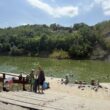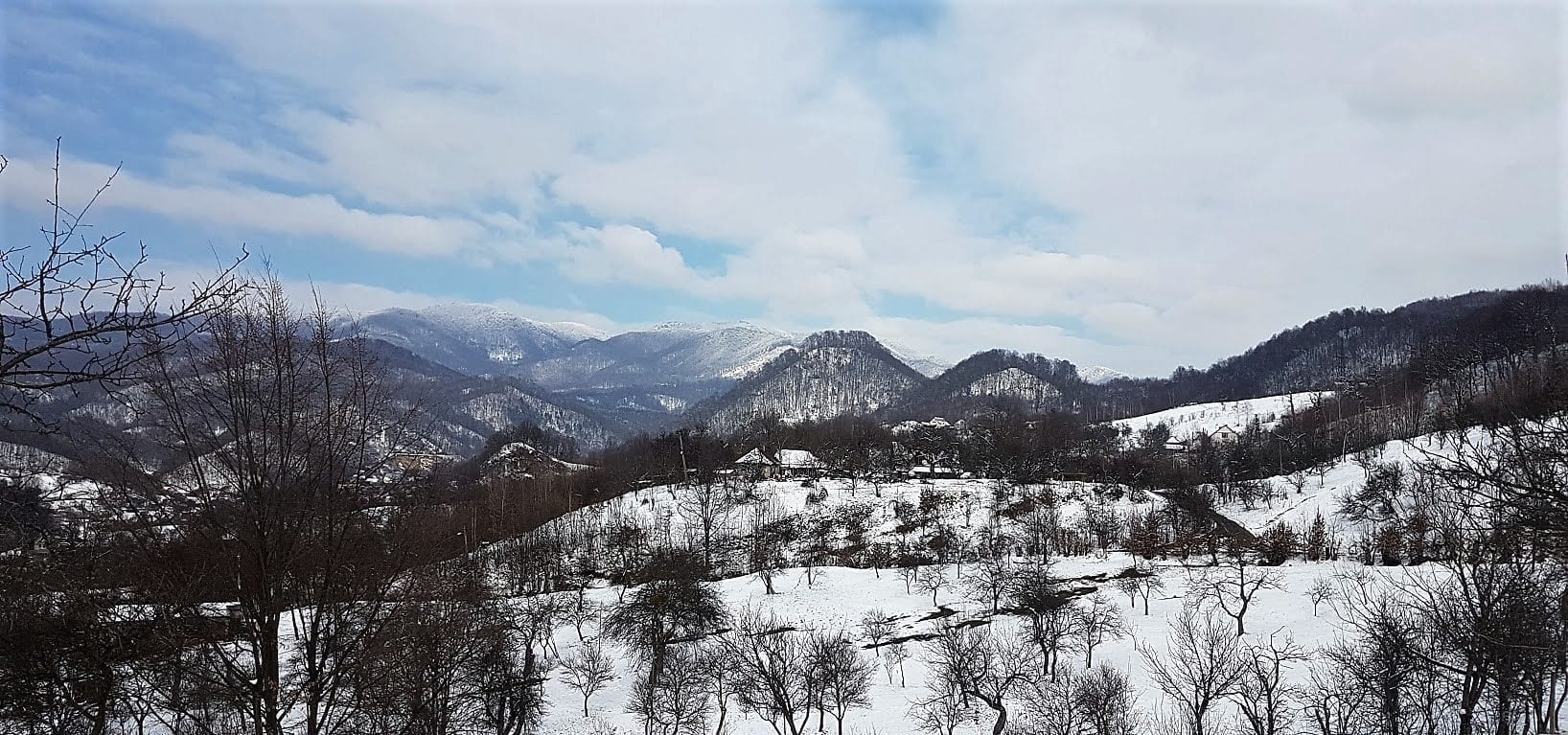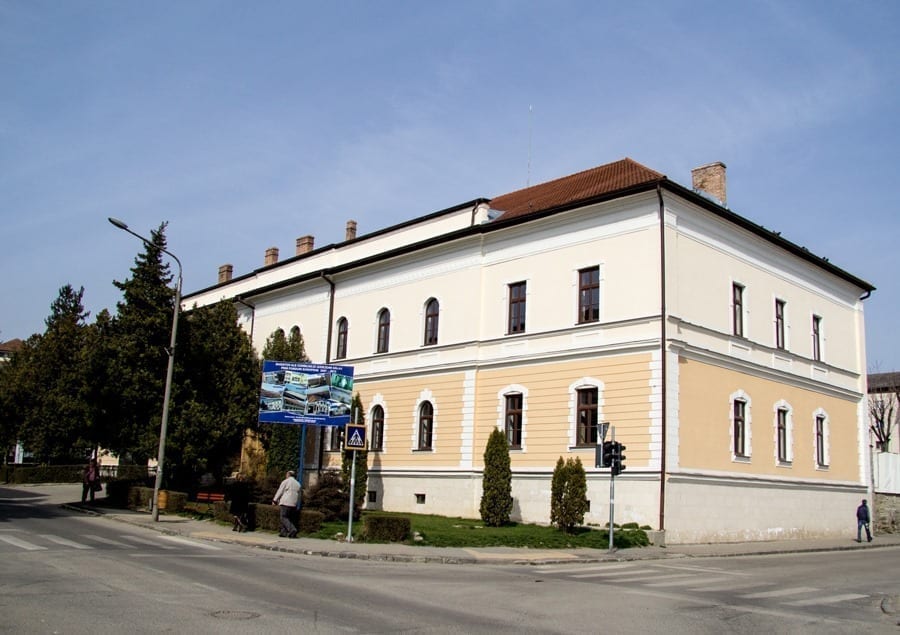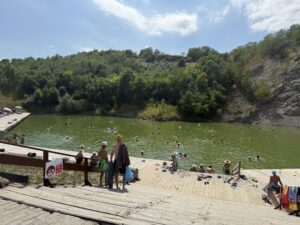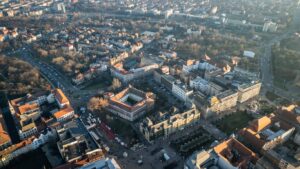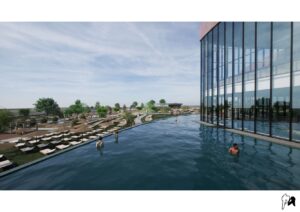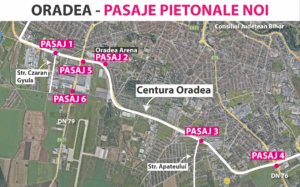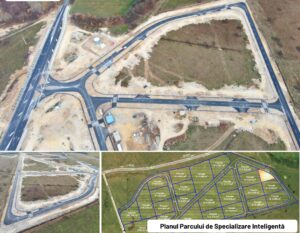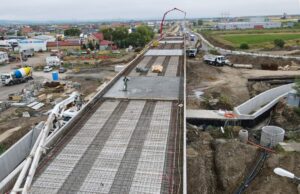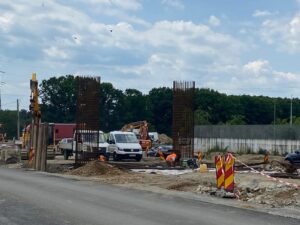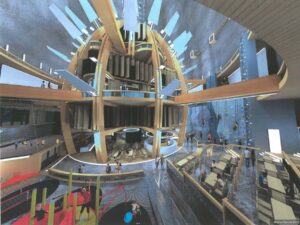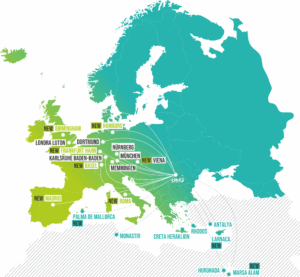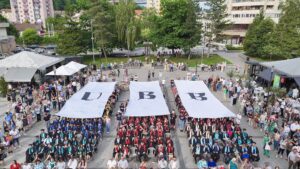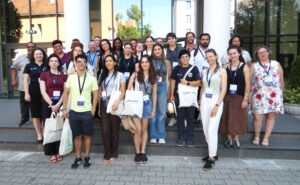For those of you who have not discovered Maramures yet, here are 10 reasons to visit and enjoy this “ancient land”.
1. Superlative Sceneries
As soon as you pass through the “Maramureş gate”, amazing landscapes enchant the eye: forest-covered mountains lined with rivers and streams, green hills and pastures interspersed with friendly haystacks, serene lakes, springs, and waterfalls, exceptional floral species, all waiting to be captured by your camera. With one national park, which is the largest in Romania, and many other protected areas, the landscape of Maramureş is wealthy: Pietrosu Rodnei, Creasta Cocoşului (Rooster’s Crest), Cheile Lăpuşului (Lăpuș Gorge), to mention but a few, are a delight to the eye, pleading as convincingly as folk lyrics do when the people of Maramureş describe their land: “Maramureş, land of flowers/In holy days you’re full of wonders” (“Maramureş plai cu flori/ Mândru eşti în sărbători”).
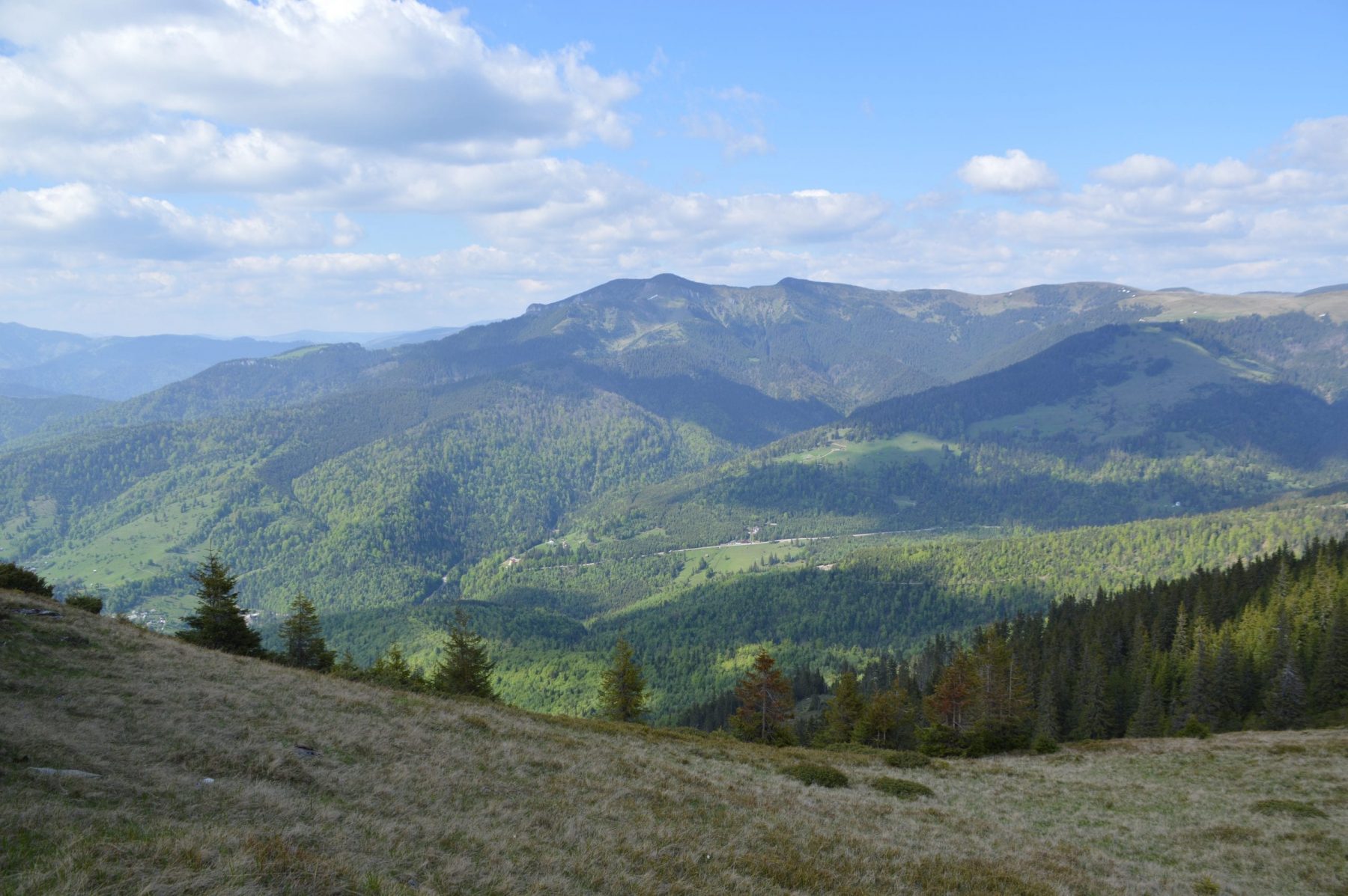
2. Friendly locals
With barely any exceptions, the visitors of Maramureş declare themselves in love with its inhabitants. Whether you watch them while they toil the field or when they are busy with household chores, whether you chat with them in the street or join them when they put on their best clothes to honor their Sundays, Christian holidays, or weddings, your soul is won over. The people’s simple, honest, and straightforward behavior, their wise words, the way they invite you in their houses, their passion for dancing and singing, and the pride they take when they talk about their places of birth – all of these make you happy that you have met them, been their guest, and, quite often, become their friend.
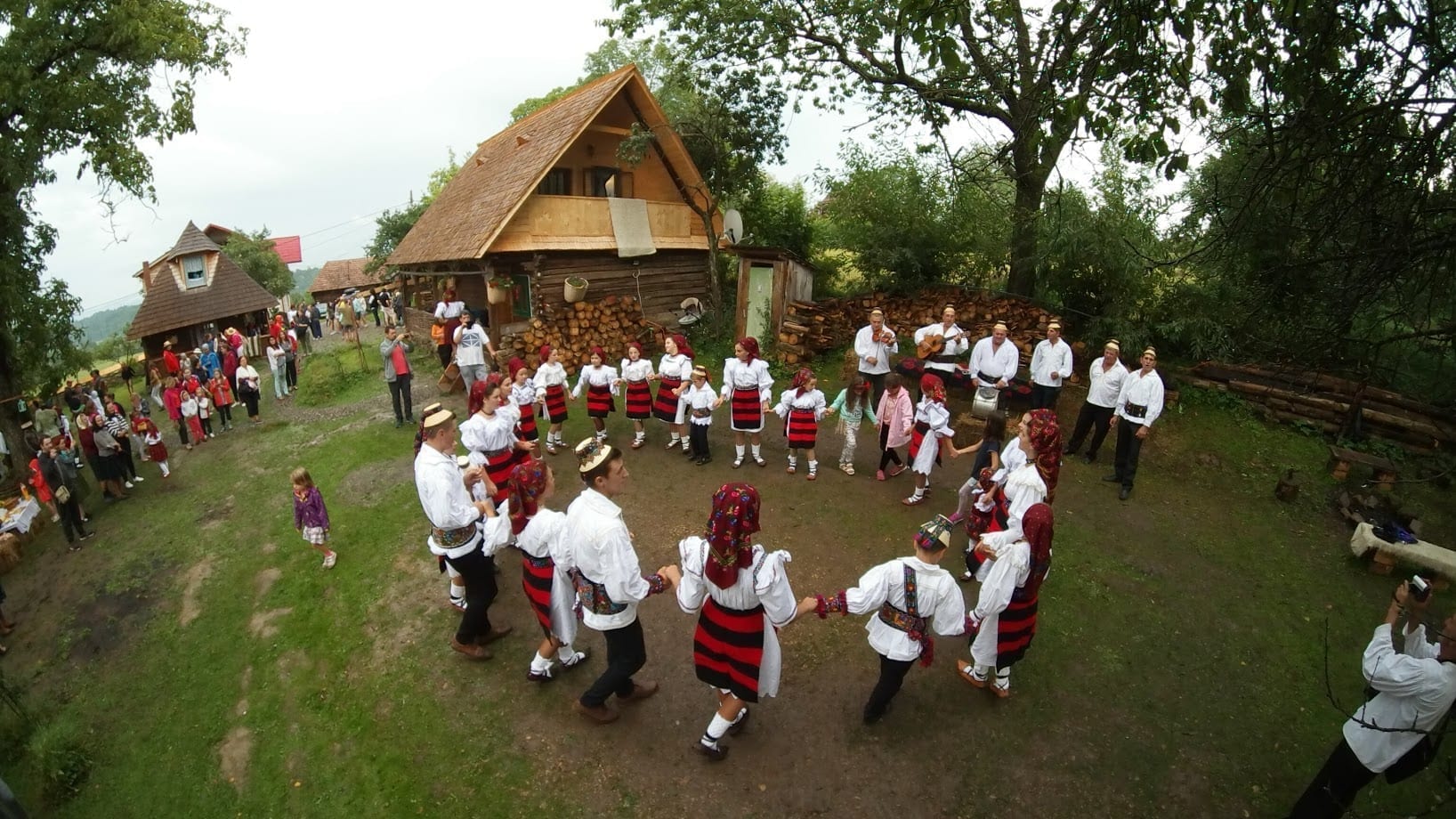
3. Wooden Churches and Gates
A substitute name for Maramureş is „The Land of Wooden Churches”. When you travel through small villages, you can easily notice how they preserve their old wooden church, a testament to local builders. Eight of these monuments, located in Bârsana, Budeşti, Deseşti, Ieud, Plopiş, Poienile Izei, Rogoz, and Şurdeşti, have been included on the UNESCO World Heritage List. The wooden churches are not only tourism attractions: they are also worship places for the villagers, who, dressed in their traditional clothes, show up every Sunday morning to pray and pay respect. With high steeples, meant to take people closer to God, heavy hand-sculpted fir tree or oak logs, shingle roofs, and antique paintings and frescoes, every such church has its history and tales carved in its wood.
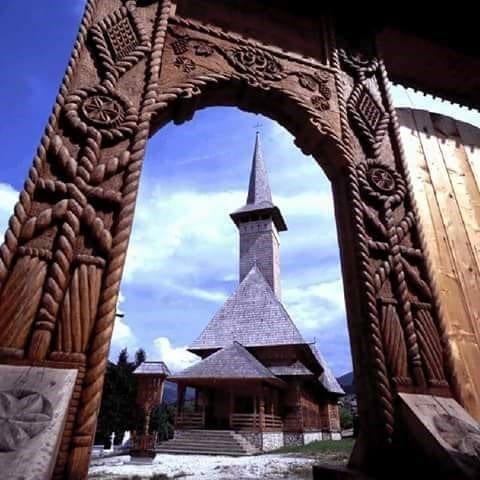
In Maramureş, wood has always been a resource used in multiple ways: from the plate from which people eat to the shelter which protects the villagers and the wooden churches in which they worship. When the people of Maramureş smell wood, they feel at home. The wooden gates are symbols of the Maramureş village. The themes carved in the poles of the gates show a symbolic territory located between the outer world and the homestead, between the neutral space and the sacred realm; their role is to protect the house and the family. The twisted rope, the sun, the tree of life, they are all expressions of some of the great myths in Romanian culture. In nowadays Maramureș, old wooden gates and houses are still to be seen, especially in the villages on the Cosău and Mara Valleys, but also in the Village Museums of Baia Mare and Sighetu Marmaţiei.
4. Life in the Countryside and Traditional Handicrafts
It has been said that the villages of Maramureş stand for the soul of rural life in Romania and a spot of tranquility for the tourists tired of urban agglomeration, crowds, and noise. Visiting Maramureş provides the opportunity of leaping back into time to an era of simplicity and archaic life. Activities which are part of a daily routine for the Maramureş villager have a certain charm for the tourist who comes visiting from places far away. The first thing which enchants such a tourist is the friendly host, welcoming them with a warm and hearty traditional meal. Watching work done in the field, feeling the smell of fresh cut grass, wood fragrances, the taste of fresh milk, enjoying carriage or sledge rides, and a relaxing sleep are just a few of the region’s ingredients the tourist falls in love with. And, since guesthouses are found all over Maramureş, all that is left for you to do is decide where you would like to stay.
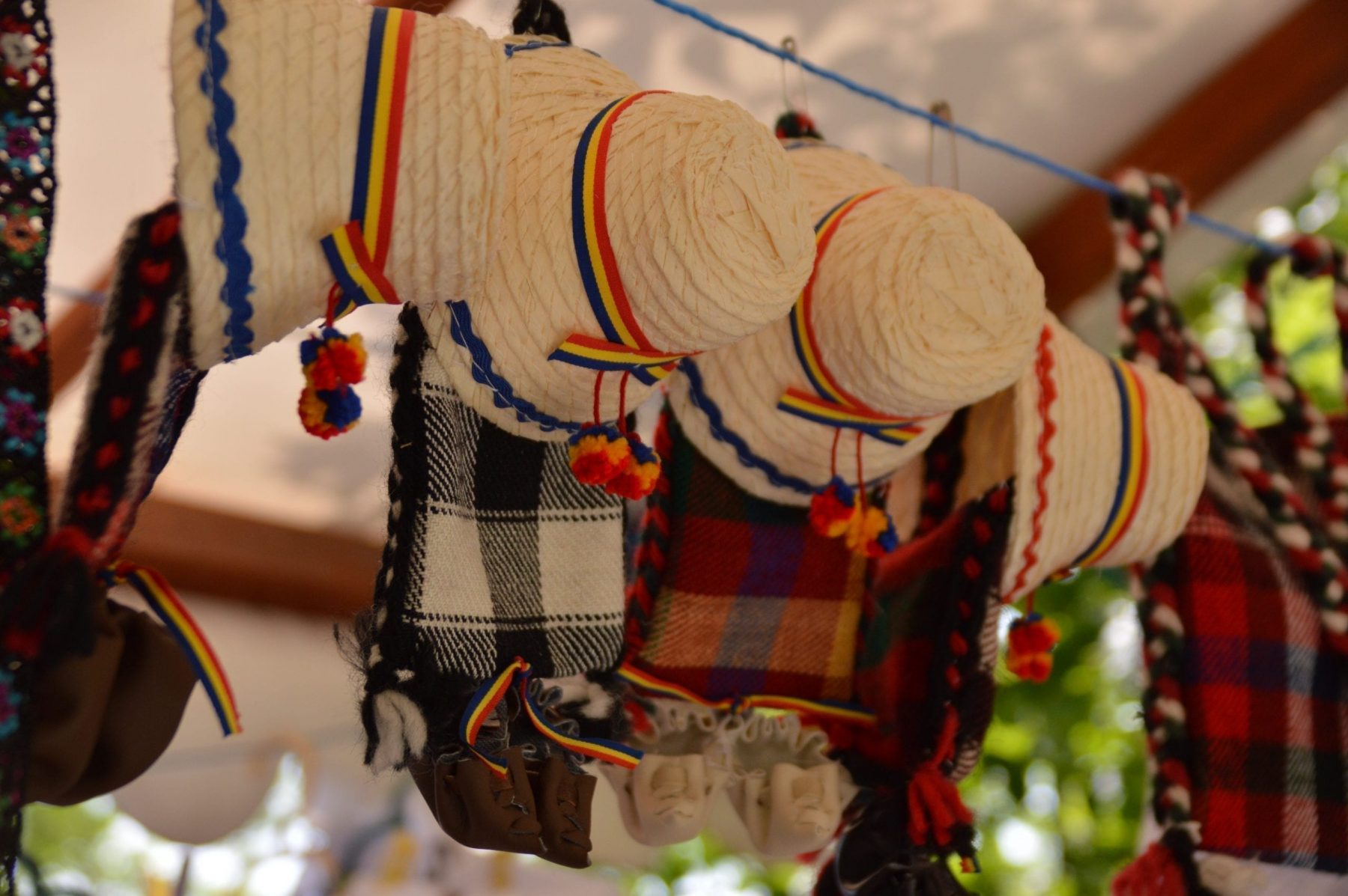
If you come and visit Maramureş, you will get the chance to see the lively process of handcrafting, which has stayed the same for centuries. Wood carving is among one of our traditional handicrafts: plates, forks, seal engravers, pieces of furniture, houses, gateways, and wooden churches – they are all shaped by local artisans. Women still maintain the secret of extracting natural colors from plants and bark. In every traditional house, you can find a pole with woolen, linen, and hemp fabrics, woven with a “teara” (a cloth-weaving loom), which are a maiden’s pride and dowry. Pottery centers, such as the one in Săcel, extract red clay from great depths and then work it using ancient techniques. One of the artisans here makes traditional masks enriching winter customs. In the villages of Sârbi and Budești in the Cosău Valley you can find the last hat makers in Historical Maramureș. It is also on the Cosău Valley that you will find the greatest number of peasant installations: whirlpools, flour mills, carding mills, fulling mills, distilleries. Making traditional costumes, jewellery and glass painting are other handicrafts passed from one generation to the next, bearing the seal of Maramureş.
5. Customs and Celebrations
The people of Maramureş know how to preserve their ancient traditions. Rural life in Maramureş is timed in accordance with the agricultural calendar and the main Christian events. The year begins with New Year and Epiphany rituals. Spring is dedicated to the celebration of the hardest working villager, the first who ploughs the field (Tânjaua of Mara, Udătoriu of Şurdeşti), and the Holy Easter. During summer days, the villagers of Maramures work hard from dawn to dusk, but they can also leave work behind for the great holidays, such as Assumption Day and the days dedicated to saints. In autumn, the villagers celebrate the crop harvests: gathering at village dances, the youngsters dance frenetically to fiddlers’ tunes. Such celebrations last until Lăsata Secului (last day before the Nativity Fast), which marks the beginning of the preparations for Christmas, one of the most beautiful holidays of the year, when the Maramureş valleys reverberate with the voices of carol singers. The Christian holidays, with their fasting and prayers, intermingle with folk rituals and beliefs such as finding one’s soul-mate, chasing bad spirits, harvesting crops, or rituals for a healthy marriage. All these create a fascinating and miraculous world. And when combined with joy, round dances, and singing, the complete show becomes exquisite to the overseas tourists regardless of the season in which they visit these places.
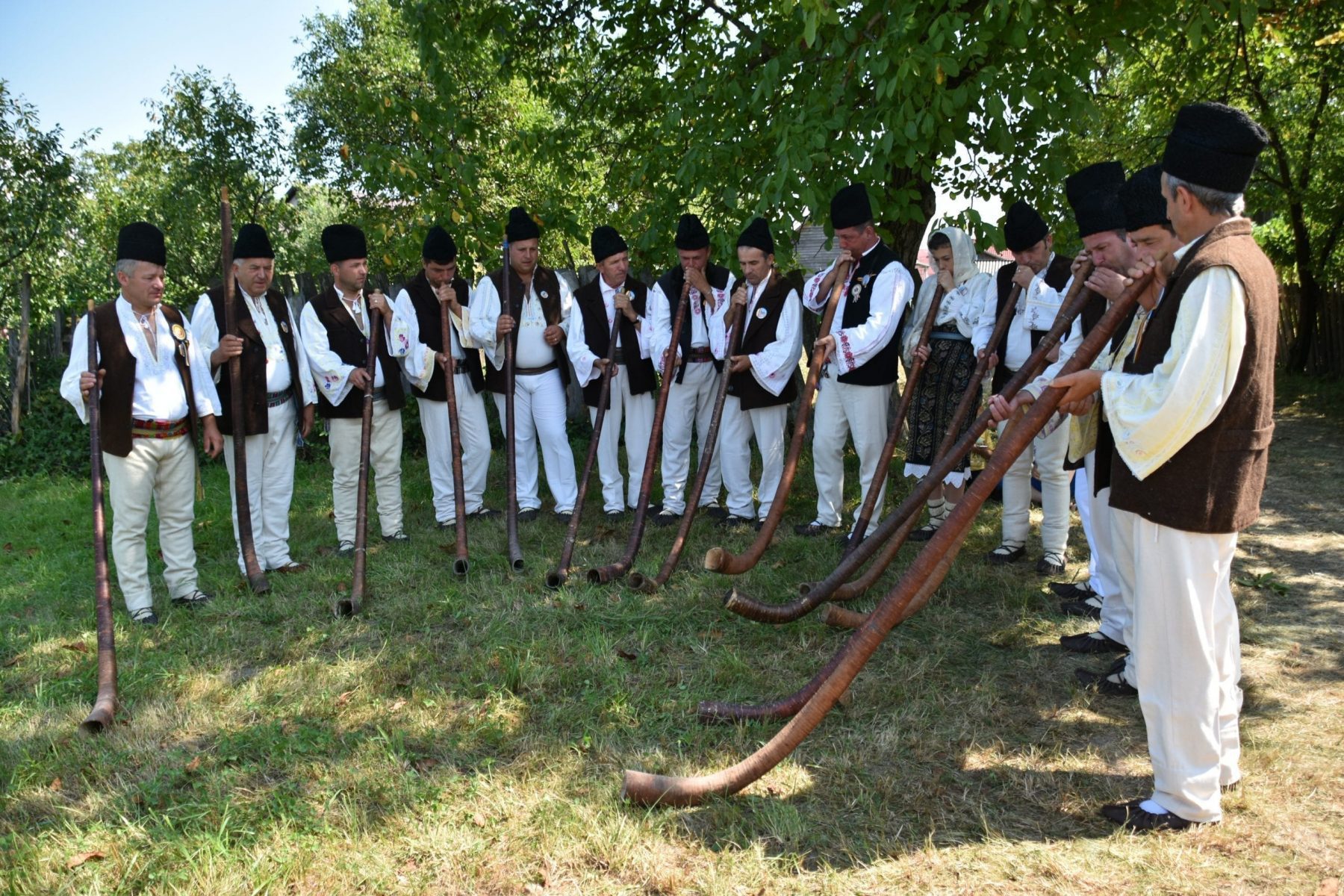
6. The Merry Cemetery
In Săpânța you will discover an unusual graveyard, which intrigues and impresses everyone with its originality. It is the Merry Cemetery, named this way due to the lively colors painted on its funeral crosses, particularly the striking blue which bears the name of the place: Săpânța Blue. The founder of the Merry Cemetery was Stan Ioan Pătraş, who between 1931-1935, started to make crosses differently than those of regular graveyards. The images carved in wood render, naively, an important aspect in the life of the person buried there and the epitaphs are short meaningful poems written in the local variety of the language as a confession of the deceased. The Merry Cemetery is, without doubt, attractive: it offers a unique perspective on death and a specific outlook on the villagers’ mentality. It is one of the most visited tourist attractions in the region and one of the top 10 most visited funeral destinations in the world.
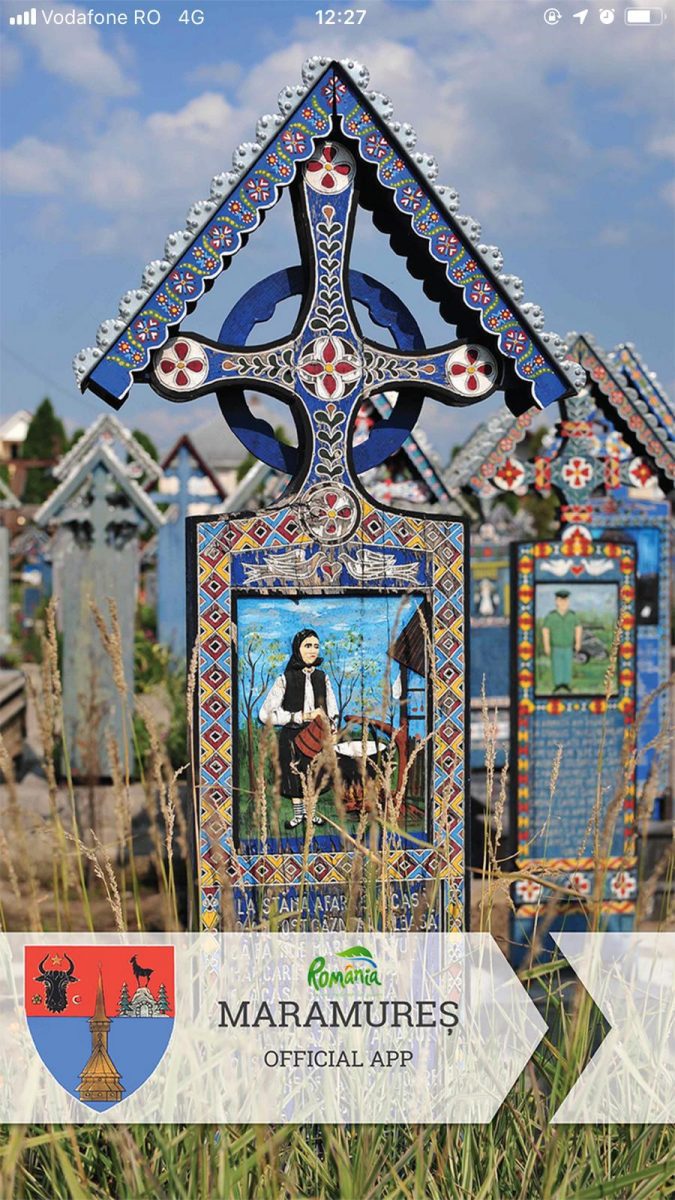
7. Unique Museums
The museums in Maramureș are mainly centered on the two largest towns of the region, Baia Mare and Sighetu Marmaţiei.
The Mineralogy Museum in Baia Mare hosts a spectacular collection of minerals, many of which are unique in the world. The uniqueness of the museum is the fact that all the mineral samples displayed in the museum are from the mines from Maramures County.
Both in Baia Mare and in Sighetu Marmaţiei there are Museums of ethnography and popular art. Therefore, if you wish to enlarge your knowledge of Maramureş traditions, old furniture, traditional costumes, pottery, and much more, visit the local Museums of Ethnography.
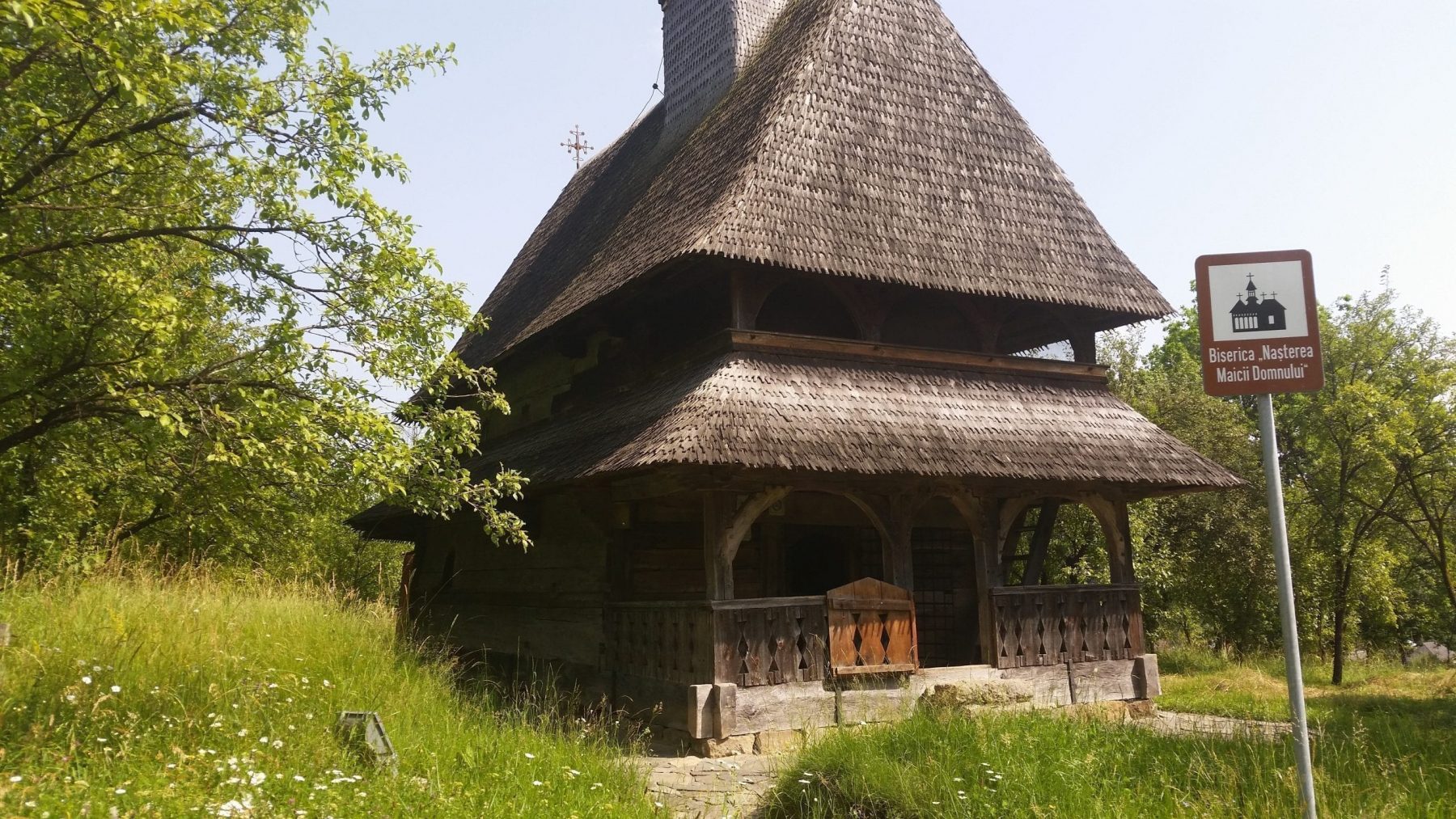
The History and Archaeological Museum in Baia Mare will tell you about the past days of the region. Butchers’ Bastion, one of the oldest buildings (15th century) in the city of Baia Mare (county residence city). The ‘Restoration of Butchers’ Bastion’ project, funded by EEA Grants and developed together with Norwegian partners, saw the restoration of all structures that has been in an advanced state of dereliction. What stands out about the ‘Restoration of Butchers’ Bastion’ project is that it is aimed not only at restoring the Butchers’ Bastion, but also at revitalizing it by creating a multi-functional area that will contribute to integrating the monument into the cultural and touristic circuit of the city. There is now a multi-media room, an exhibition area, a workshop area, a small amphitheater for visitors and a tourist information office. Many cultural and educational activities, run by the County Museum of History and Archeology, have taken place in Butchers’ Bastion since the reopening. This circular tower, the only remaining fortification of the 15th-century city walls, is where famous brigand Grigore Pintea Viteazul was shot in 1703. It is now used for temporary exhibitions.
The Art Museum “Baia Mare Artistic Center”, will help you to find out more about the cultural heritage of the county and the famous artistic movement “Baia Mare Painting School”. In Sighetu Marmaţiei an infamous political prison has been transformed into the Memorial of the Victims of Communism and of the Resistance. It is also here that one can visit the house in which the Nobel Peace Laureate Ellie Wiesel was born; the house is now a memorial to him as well as a museum of Jewish culture. Do not expect to find museums only in larger towns, though: in Dragomireşti there is, for example, a museum dedicated to the Romanian peasant woman; in Ieud, a museum dedicated to hemp. You will also find memorial houses as well as different other cultural landmarks in many other villages in Maramureș.
8. Horinca – the Local Spirit
The horinca (plum, but also apple or pear, brandy) is not only a traditional drink, but also the pride of every villager; it is the liquor which opens every party, relaxes, and binds friendships, a kind of elixir which has healing powers. “Better drink a shot of it/ Than take a drug from the pharmacy”, as traditional lyrics go. Or, “If I drink a shot of plum brandy/I feel healthy inside my body”. People who keep the secrets of horinca know what a good sample must taste like. They rub a drop on their hands; if it smells like honey, the drink has passed the test.
Then, real horinca must make “beads” (bubbles) when you shake it; the more beads it makes, the better it is.
Courtesy suggests that when you enter a house in Maramureş and the host welcomes you with such brandy, you must drink it all straight down; otherwise, it brings bad luck to the host.
As concerned as you may feel for the welfare of your host, keep in mind that horinca is “fire water”: after a shot or two, you may not feel your legs anymore!
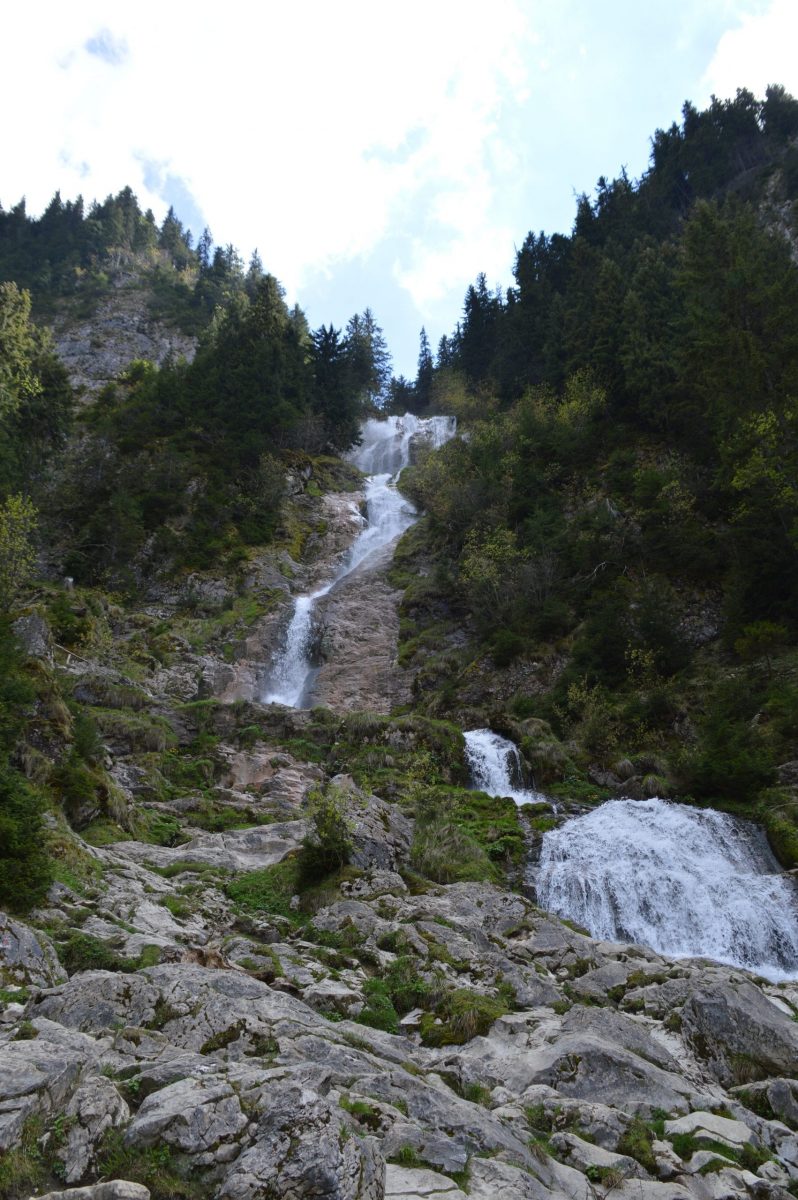
9. Outdoor activities
After your hosts have fed you, you will undoubtedly need some exercise. The region of Maramureş will be delighted to reveal its hiking trails, its lakes and rivers, which are perfect for summer bathing, and its ski slopes in winter time (Borşa, Şuior, Mogoşa, Cavnic, Izvoare). Ocna Şugatag, the spa town with salted lakes, is the starting point of Maramureş Greenway, a route which includes both natural and cultural attractions.
Cyclists can enjoy tours away from the crowded towns, on village trails flanked by gorgeous landscapes. If you still have some energy left and you crave for a dose of adrenaline, get your karabiners and ropes for a spot of rock climbing at Rooster’s Crest or try a session of paragliding. You will feel that Maramureş has great air indeed.
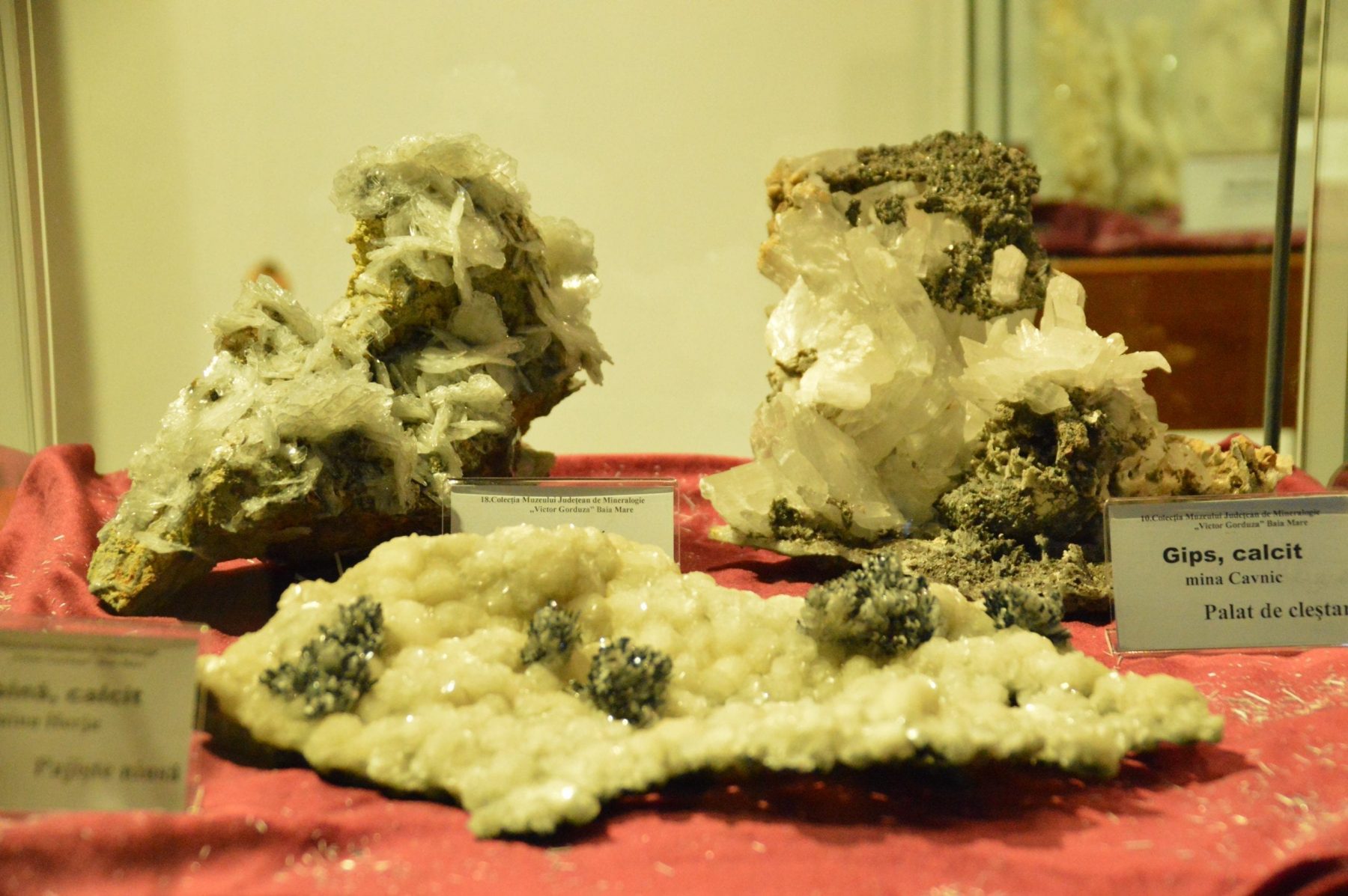
10. The Steam Train on Vaser Valley
Until four decades ago, in Maramureş there were over 200 km of narrow-gauge railway, serving steam trains which transported salt, timber, various other goods, and people. Today, the Mocăniţa on the Vaser Valley is the only narrow-gauge railway in the European Union which a forest train still runs on. The entire system is over 50-km long, stretching both along the wooded gorge of the river and on two side valleys. The now tourist train climbs to mid valley (km 22), at the Paltin Station, where it stops for a few hours for the passengers to enjoy an open-air picnic before starting back. The locomotives which tow the train, built between 1910 and 1986, are steam engines and they provide spectacular stops along the way.
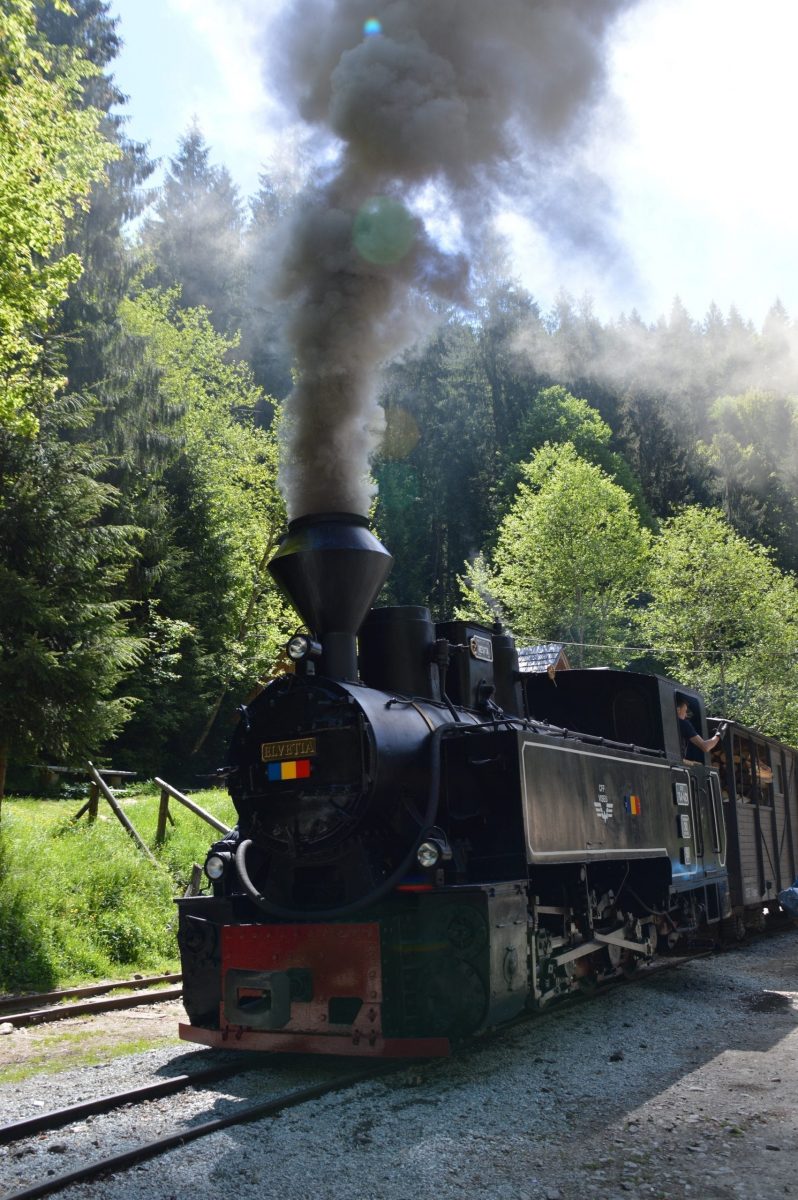
Come visit Maramureş and discover its charm and stories!
(From the special edition of TB 86 – „ENJOY TRANSYLVANIA!” – May/June 2019)



